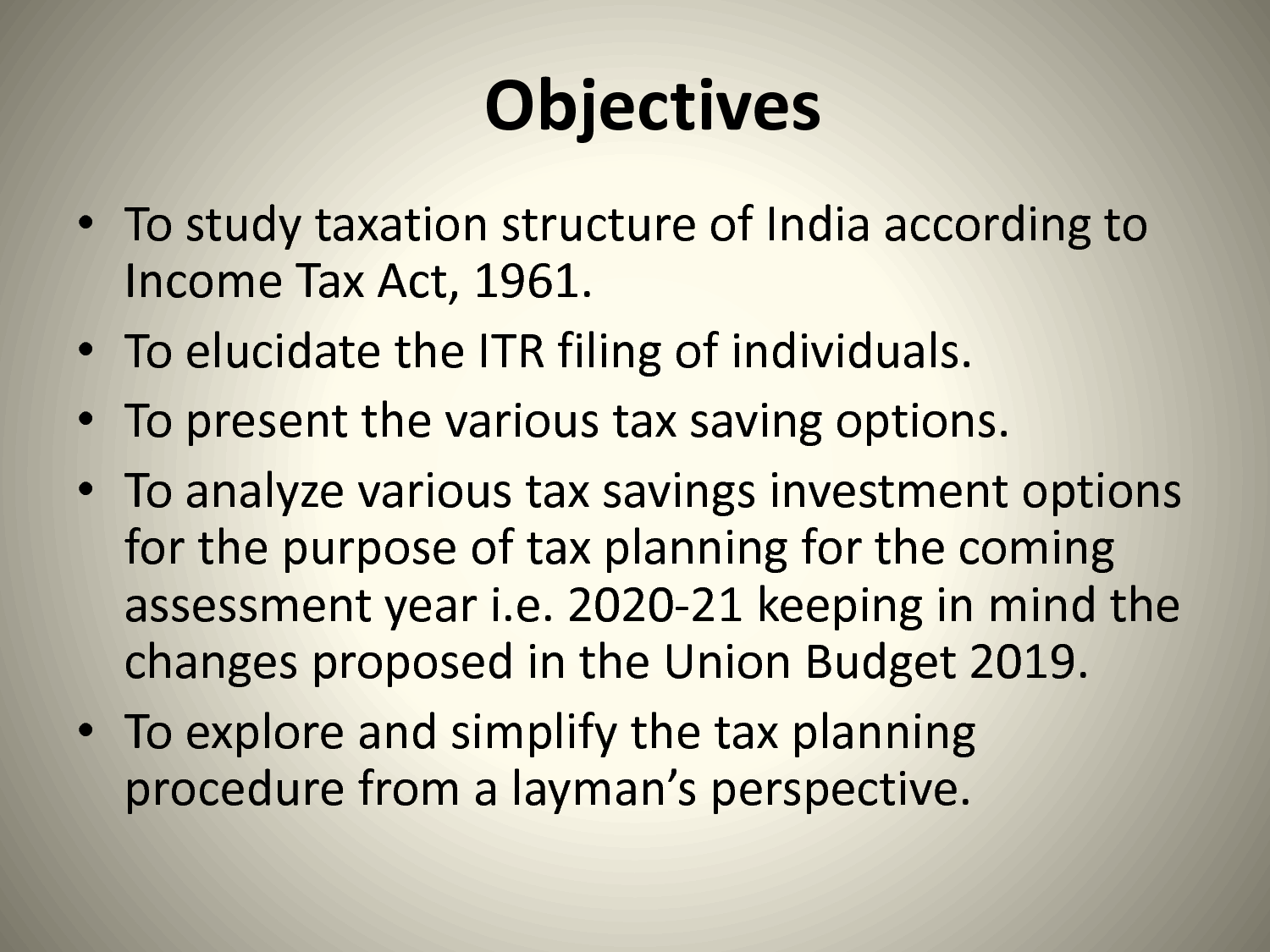Home>Finance>What Is An Occupancy Rate? Definition And Use In Analysis


Finance
What Is An Occupancy Rate? Definition And Use In Analysis
Published: January 2, 2024
Learn the definition and importance of occupancy rate in finance analysis. Discover how this metric can impact investment decisions and property performance.
(Many of the links in this article redirect to a specific reviewed product. Your purchase of these products through affiliate links helps to generate commission for LiveWell, at no extra cost. Learn more)
Understanding Occupancy Rates in Finance
When it comes to analyzing the financial health of businesses, one key metric that plays a crucial role is the occupancy rate. But what exactly is an occupancy rate and how is it relevant to financial analysis? In this article, we will dive deep into the definition of occupancy rates and uncover their usefulness in assessing the performance and profitability of businesses.
Key Takeaways:
- An occupancy rate measures the utilization of a space or property over a specified period of time.
- It is a crucial metric to gauge how effectively a business is using its assets and generating revenue.
An occupancy rate is a percentage that measures the utilization of a space or property over a specific time frame. In simple terms, it tells us how full or empty a property is during a given period. This metric is commonly used in various industries, including real estate, hospitality, and retail, to evaluate the performance and profitability of different businesses.
Take a hotel, for example. The occupancy rate of a hotel measures the number of occupied rooms compared to the total number of available rooms. A high occupancy rate indicates that the hotel is experiencing a high demand for its services, resulting in more revenue and potential profits. On the other hand, a low occupancy rate may indicate a lack of demand or inefficiency in filling the rooms, potentially leading to financial challenges.
But it’s not just hotels that benefit from analyzing occupancy rates. Other businesses, such as shopping malls, office buildings, and rental properties, also rely on this metric to gauge their performance. By monitoring occupancy rates, business owners and investors can make informed decisions about pricing, marketing strategies, and overall asset management.
In addition to assessing current business performance, occupancy rates can also be used to predict future trends and identify potential growth opportunities. By analyzing historical occupancy data, businesses can gain valuable insights into demand patterns, seasonality, and market trends. This information can then be used to optimize operations and drive profitability.
It’s important to keep in mind that different industries and sectors may have varying benchmarks for what constitutes a good occupancy rate. For example, while a 70% occupancy rate might be considered excellent for a hotel in a particular location, it could be below average for a shopping mall. Researching industry-specific benchmarks and comparing against competitors can provide a more comprehensive understanding of a business’s performance.
In conclusion, an occupancy rate is a critical metric in financial analysis that measures the utilization of a space or property. By monitoring and analyzing occupancy rates, businesses can assess their performance, identify growth opportunities, and make informed decisions to drive profitability. So the next time you find yourself evaluating a business’s financial health, don’t forget to consider its occupancy rate!














